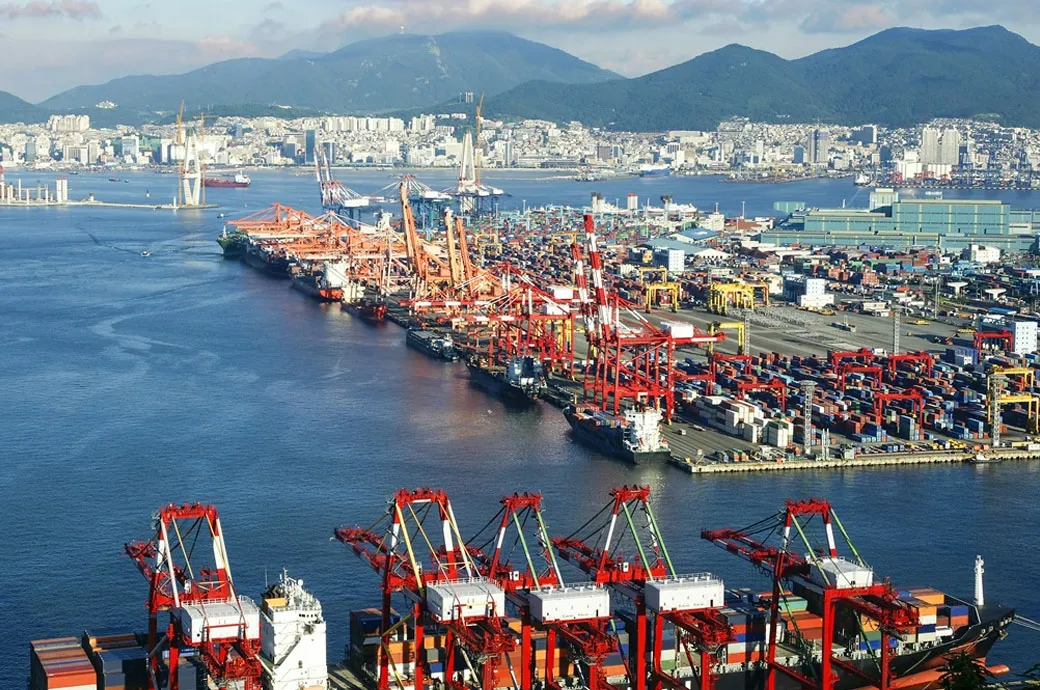Asia is still the region best-connected to global shipping networks, according to the latest Review of Maritime Transport released by UN Trade & Development (UNCTAD).
Asian economies retain top spots on the global liner shipping connectivity index, with China at the top, followed by the South Korea and Singapore, the report shows. The index was introduced in 2004 by UNCTAD and is based on main components of the maritime transport sector like ship sizes, deployed capacity, numbers of service providers and weekly calls.
Vietnam has recorded the highest long-term increase of 199 per cent in connectivity since 2006.
China, Japan and South Korea continue their dominance in ship building, accounting for about 95 per cent of global output. For the first time, China delivered over half of the world’s new ships in 2023.
Conflict in the Red Sea has severely hit shipping through the Suez Canal and exacerbated congestion in major ports elsewhere in Asia, the review noted.
Between March and May this year, waiting times in Singapore nearly doubled from 24 to 40 hours, while in Port Klang, Malaysia, it went up from 20 to 26 hours.
Faced with low water levels linked to climate-induced droughts, draft restrictions in the Panama Canal in 2023 led to shipment delays and higher costs. This affected trade routes exporting grains and minor bulk commodities from the Americas to Asia, with a 31-per cent increase in sailing distances for completed journeys and a 25-per cent drop in cargo volume.
The report shows main maritime waterways connecting the East and West accounted for at least 36 per cent of global containerised trade last year. These include routes from East Asia to North America, Northern Europe and the Mediterranean.
On the other hand, South-South routes linking the developing world of East and Western Asia, Oceania, Sub-Saharan Africa and Latin America, achieved the highest increase (plus 9.3 per cent) in its volume of global containerised trade in 2023.
Global gas trade is projected to rise, considering expanding infrastructure for the storage and transport of liquefied natural gas, as well as rising demand from Asia and Europe.
Inland terminals, or dry ports, have the potential to boost regional cooperation and benefit landlocked developing countries, the review report observed. Their development is also part of the Asian Highway Network and Trans-Asian Railway Network, also known as the Eurasian Landbridge.
The network of dry ports in China and the various inland container depots in India, the report added, have helped improve trade flows by decentralising seaport operations.

